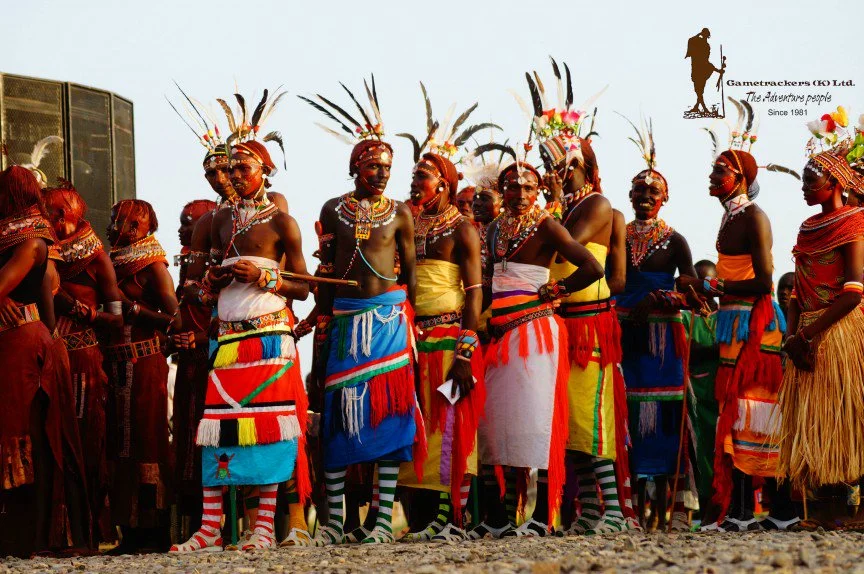
Each November, Mombasa, Kenya’s historic port city on the Indian Ocean, comes alive with the vibrant Mombasa Carnival. Known as one of Kenya’s most significant cultural festivals, the carnival is a vibrant showcase of Kenya’s ethnic diversity, rich history, and cultural heritage. From colorful parades and music performances to art exhibits and food stalls, the Mombasa Carnival is a feast for the senses and an unmissable event for anyone eager to explore Kenya’s multicultural identity. Here’s everything you need to know about this annual celebration.
Historical Significance of Mombasa and the Carnival’s Roots
With its prime location on the Indian Ocean, Mombasa has long been a cultural crossroads, shaped by centuries of trade and interaction with travelers and settlers from the Middle East, India, Portugal, and Britain. This diverse cultural heritage is on full display during the carnival, where you’ll see the influence of African, Arab, Swahili, and Asian traditions come together in colorful harmony. The carnival itself is thought to have evolved from local celebrations and social gatherings dating back to pre-colonial times, with formal organization supported by the Ministry of Tourism and Wildlife to bolster tourism in the region.
Read: Exploring the Undiscovered Beaches of Ghana and Senegal
The Heart of the Carnival: Vibrant Parades and Processions

One of the carnival’s biggest attractions is its dynamic parades, featuring thousands of performers representing Kenya’s diverse ethnic groups. Dancers, musicians, and local cultural troupes march in traditional attire through the city’s streets, creating a spectacle of sound, color, and movement. The parade showcases costumes from Kenya’s Kikuyu, Luo, and Maasai tribes alongside outfits reflecting Mombasa’s Swahili and Arab heritage.
The highlight is the convergence of two major parades along Mombasa’s bustling streets, culminating at Moi Avenue, the heart of the city. This is where the true vibrancy of Mombasa’s cultural diversity shines, with a variety of dance styles on display—from the rhythmic moves of traditional Kikuyu and Luo dancers to the graceful Chakacha dance influenced by Swahili and Arab styles.
Music that Captures the Soul of Kenya
The Mombasa Carnival is also a treat for music lovers, with a mix of traditional African beats, Swahili taarab music, and even modern Afropop performances echoing through the streets. Traditional drummers set the pace with powerful rhythms, while singers and dancers provide a blend of ancient and contemporary Kenyan sounds. At various stages along the parade route, local and international artists perform to eager crowds, creating a lively atmosphere that reverberates with the sounds of Mombasa’s cultural identity. The festival’s music represents both the coastal influences and Kenya’s inland musical diversity, capturing the essence of the nation in a beautiful sonic tapestry.

A Culinary Journey: Mombasa’s Unique Flavors
No festival in Kenya would be complete without food, and the Mombasa Carnival is no exception. The city’s multicultural history shines through in its cuisine, which features a mouth-watering mix of African, Indian, and Arab flavors. Along the parade routes and designated food areas, vendors offer a variety of street food and local dishes, including pilau (a spiced rice dish), samosas, grilled seafood, and the famous Swahili nyama choma (grilled meat). For those looking for something refreshing, tropical fruits and freshly prepared juices are widely available.
The festival also highlights Kenya’s coastal culinary specialties, including seafood such as grilled barracuda and octopus, which are especially popular. For a truly local experience, visitors can sample bajias (potato fritters) and mahamri (fried dough), staples of Swahili cuisine.
Art Exhibits and Craft Markets: Showcasing Local Talent
Art and craftsmanship hold a special place in the Mombasa Carnival, with local artisans setting up stalls along the main thoroughfares to showcase their creations. Craft markets feature handmade jewelry, wood carvings, textiles, and traditional paintings, allowing tourists to take a piece of Kenyan culture home with them. The exhibits display the rich talent of Kenyan artists and artisans, who capture the essence of their heritage through intricate beadwork, batik textiles, and handwoven baskets.
The Carnival’s Economic Impact and Environmental Initiatives
The Mombasa Carnival isn’t just a celebration of culture; it’s also a vital boost to the local economy. With an influx of tourists, hotels, restaurants, and local vendors see a rise in business, providing economic benefits for the community. The carnival has also become a platform for environmental awareness, with initiatives like beach clean-ups and educational booths focused on sustainable tourism and marine conservation. These efforts underscore Mombasa’s commitment to preserving its beautiful coastal environment, ensuring that future generations can continue to enjoy the city’s natural beauty.
Read: Moniepoint Becomes Africa’s Newest Unicorn with $110M Series C Funding Round
Mombasa’s Attractions Beyond the Carnival

While the carnival is the main event, Mombasa has much more to offer visitors. The city is home to historic sites like Fort Jesus, a UNESCO World Heritage site that offers a glimpse into Kenya’s colonial past. Mombasa’s beaches, including Nyali and Diani, are perfect for sunbathing, swimming, and water sports, while the Haller Park nature reserve allows visitors to explore the region’s wildlife. From cultural immersion to outdoor adventure, Mombasa provides a rich array of experiences that complement the excitement of the carnival.
Planning Your Visit to the Mombasa Carnival
Held annually in November, the Mombasa Carnival is free to attend, though accommodations in the city fill up quickly during this peak season. Visitors are encouraged to book hotels early, especially if they wish to stay near the carnival’s main events along Moi Avenue. With Kenya’s pleasant November weather, it’s the perfect time to explore the city and experience the vibrant festival atmosphere.
Whether you’re a seasoned traveler or a first-time visitor to East Africa, the Mombasa Carnival offers a unique opportunity to witness Kenya’s cultural diversity and explore one of its most historic cities. This celebration is more than a festival—it’s a journey through the heart of Kenya’s heritage, leaving every visitor with unforgettable memories and a deeper appreciation for the spirit of Mombasa.
